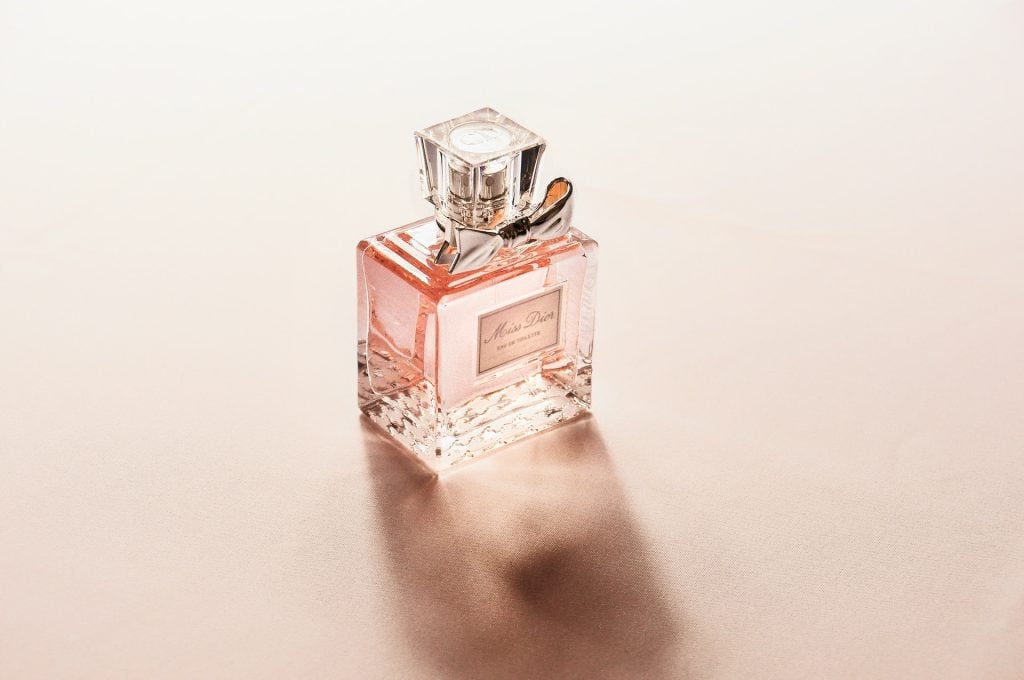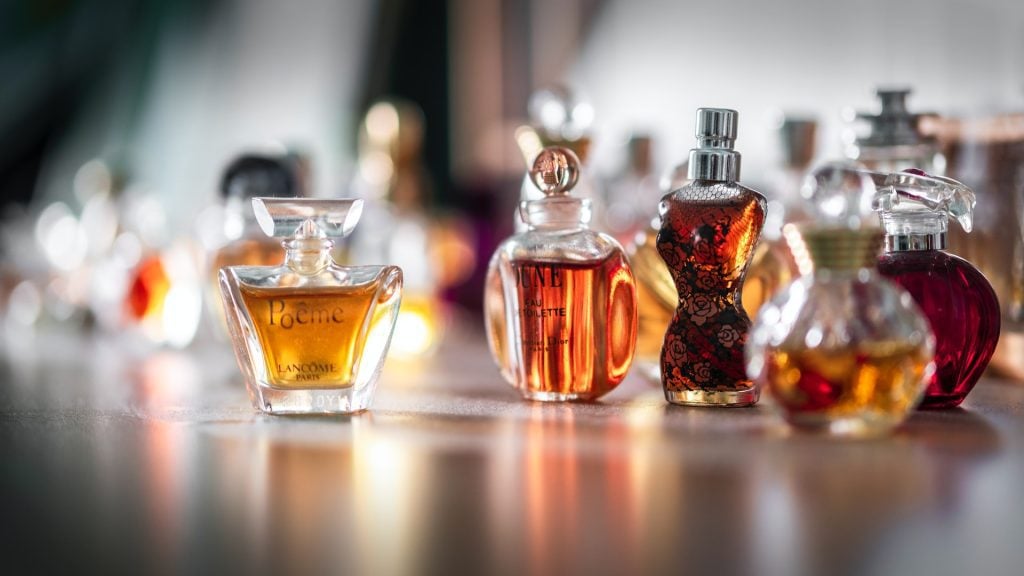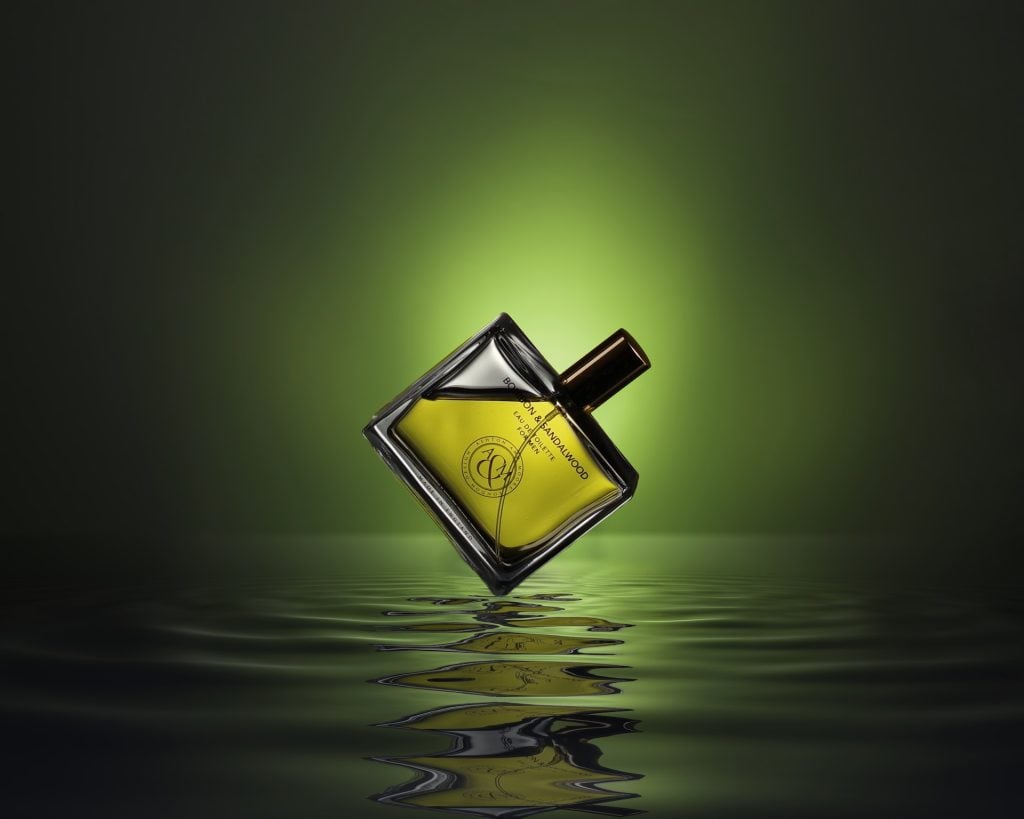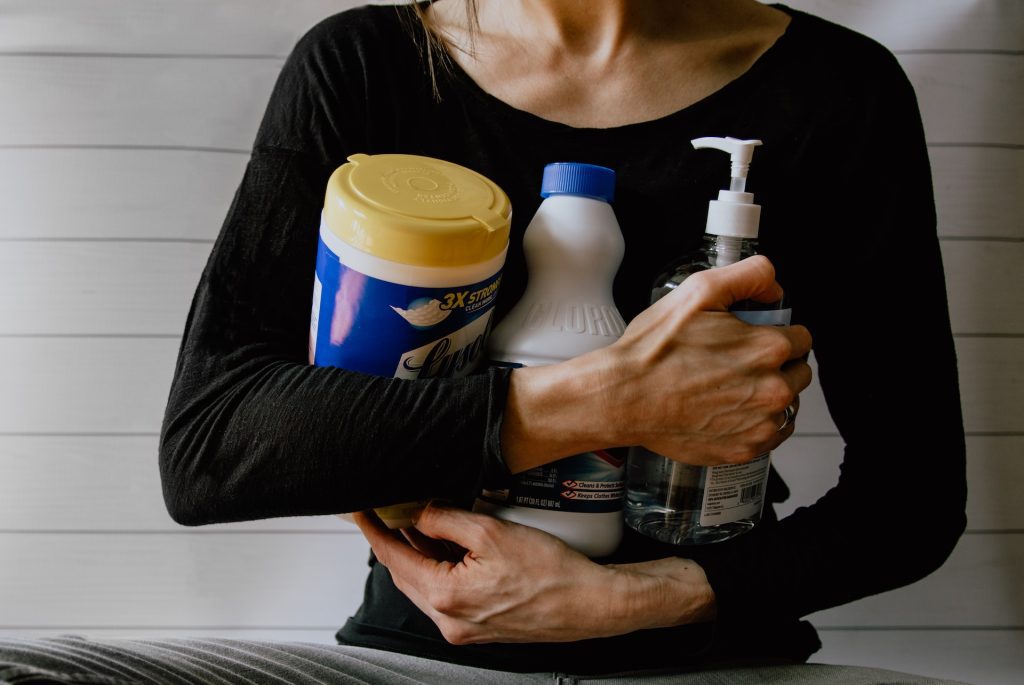Perfumes and fragrances are more than aromatic concoctions; they encapsulate emotions, memories, and personal style. Choosing the ideal perfume extends beyond a pleasant scent—it's an art that defines individuality and leaves a lasting impression.
The significance of selecting the right fragrance lies in its ability to become an olfactory signature, influencing perceptions and boosting confidence.
This guide aims to demystify the world of perfumery, exploring notes, families, and factors shaping scent selection. By navigating this comprehensive guide, readers will uncover the essence of choosing a fragrance that perfectly aligns with their persona and preferences.
Understanding the Basics of Fragrance

Fragrance, the invisible accessory that leaves an unforgettable mark, is an intricate blend of notes, families, and accords. Delving into its fundamental elements unravels a fascinating world of olfactory delights.
Fragrance Notes serve as the building blocks of a perfume's composition. These notes, categorized as top, middle (or heart), and base, unfold in stages after application. The top notes, the initial impression, are often fresh and fleeting—citrusy or floral. Transitioning to the heart notes, the character of the fragrance emerges, showcasing floral, spicy, or fruity tones. Lastly, the base notes settle, leaving a lasting impression with rich, woody, or musky undertones. Understanding this progression helps discern the evolution of a scent on one's skin.
Next, Fragrance Families categorize scents based on their predominant characteristics. These families include floral, oriental, woody, fresh, and aromatic. Floral scents feature blossoms like jasmine or rose, while oriental fragrances boast exotic spices and resins. Woody fragrances encompass cedar or sandalwood, evoking earthy warmth. Fresh fragrances, vibrant and crisp, often include citrus or aquatic elements, while aromatic scents infuse herbs and greens.
Fragrance Accords, the harmony of notes, create unique blends. Accords merge various notes to produce distinctive olfactory experiences. Common accords include floral-woody, fruity-floral, and citrus-musk. These combinations create multifaceted scents, blending the best qualities of each note into a seamless aromatic symphony.
Mastering the basics of fragrance—notes, families, and accords—empowers individuals to navigate the intricate world of perfumery. It enables one to decipher perfume descriptions, predict scent evolutions, and make informed choices while selecting personal fragrances. Armed with this knowledge, exploring and discovering the perfect scent becomes an exciting journey of self-expression and sensory exploration.
Factors to Consider When Choosing a Perfume

Selecting the ideal perfume involves more than randomly picking a pleasant aroma. It's an intricate balance between personal taste, occasion, and individual characteristics. Several factors warrant consideration to ensure the perfect olfactory match.
Personal Preferences and Style
One of the foremost factors in choosing a perfume is aligning it with personal preferences and style. Fragrances evoke emotions and memories; hence, opting for scents that resonate with one's taste, whether it's floral, woody, citrusy, or oriental, is pivotal. Consider whether you prefer light, refreshing scents or intense, seductive ones, as these choices reflect your personality and style.
Seasonal and Occasional Considerations
The season and occasion significantly influence perfume selection. Light, airy fragrances with floral or citrus notes are ideal for spring and summer, offering a refreshing aura. In contrast, warmer, spicier scents with woody or oriental undertones complement the cozy atmosphere of fall and winter. Furthermore, certain events or settings might call for specific fragrances – a formal evening might demand a sophisticated, elegant scent, while a casual outing could embrace something more relaxed and playful.
Skin Type and Chemistry
Understanding your skin type and its interaction with perfumes is crucial. Perfume reacts differently on various skin types – oily skin tends to retain fragrance longer, while dry skin might require more frequent application. Additionally, individual body chemistry can alter the way a perfume smells, making it essential to test fragrances on your skin to ensure they blend harmoniously with your natural scent.
Longevity and Projection
The longevity and projection of a perfume refer to its staying power and how far the scent radiates from the skin. Factors like concentration (eau de parfum, eau de toilette, etc.) and the perfume's composition determine its longevity. Some fragrances might linger for hours, while others dissipate more quickly. Similarly, the projection can range from intimate and close to a more noticeable, expansive aura. Considering these aspects helps in choosing a perfume that suits both your desired duration and the environment you'll be in.
In conclusion, considering personal preferences, seasonal variations, skin type, and longevity aids in making an informed perfume selection. It's not merely about finding a pleasant scent but about discovering a fragrance that harmonizes with your individuality, resonates with your mood, and leaves a lasting impression—becoming an extension of your identity.
Exploring Popular Perfume Ingredients

Perfumes derive their allure from a diverse palette of ingredients, each contributing to the overall fragrance profile. Understanding these components sheds light on the complexity and artistry behind perfume creation.
Common Notes in Perfumes
Perfumes consist of various notes that unfold over time, creating a multi-layered scent experience. Common top notes include zesty citruses like bergamot or lively florals such as lavender. Middle notes, the heart of a fragrance, often feature floral elements like jasmine or spicy nuances like cinnamon. Base notes, providing depth and longevity, encompass woody essences like sandalwood or sensual accords such as vanilla.
Unique and Uncommon Ingredients
Beyond the familiar scents lie a plethora of unique and rare ingredients that add distinctiveness to perfumes. From exotic spices like saffron to unusual florals such as osmanthus or rare woods like agarwood (oud), these ingredients elevate perfumes, offering an exclusive olfactory experience. These lesser-known components often contribute to niche or artisanal fragrances, appealing to those seeking something unconventional and sophisticated.
Natural vs. Synthetic Ingredients
Perfumers utilize both natural and synthetic ingredients in fragrance compositions. Natural ingredients sourced from botanicals, flowers, fruits, and resins provide an authentic, rich aroma. On the other hand, synthetic components offer consistency, affordability, and the ability to recreate scents that might be challenging or unsustainable to extract naturally. While purists advocate for natural ingredients' authenticity, synthetic compounds enable perfumers to craft innovative and cruelty-free fragrances, contributing to sustainability within the industry.
In essence, exploring the diverse spectrum of perfume ingredients, from commonly used notes to rare elements and the debate between natural and synthetic sources, offers insight into the craftsmanship and complexity of perfumery. These ingredients serve as the artistic palette, allowing perfumers to create captivating, multi-faceted scents that captivate and allure.
Testing and Selecting the Right Perfume

Choosing the perfect perfume involves more than a cursory sniff; it requires a thoughtful exploration of how a scent interacts with your skin and senses. Here's a guide to help you navigate the process effectively.
Testing Perfumes on Your Skin
Your skin's chemistry plays a pivotal role in how a perfume unfolds. Spritzing a fragrance on your wrist or inner elbow allows it to meld with your skin's natural oils, revealing its true character. Avoid rubbing the scent as it disrupts the notes' progression. Allow at least thirty minutes for the perfume to settle and evolve before evaluating its compatibility with your skin.
Trying Samples and Testers
Exploring samples or testers provides an opportunity to experience a perfume's evolution over time. Many retailers offer sample vials or tester bottles, allowing you to wear the fragrance for a day or two before committing to a full bottle. This extended trial helps assess how the scent resonates throughout the day and in different environments, aiding in a more informed decision.
Making the Final Decision
After testing on skin and exploring samples, it's time to make the final call. Consider how the fragrance makes you feel – does it evoke the desired emotions or memories? Assess its longevity and projection. Does it align with your lifestyle and preferences? Trust your instincts and select the perfume that resonates most deeply with you, encapsulating your essence and leaving a positive, lasting impression.
In conclusion, testing perfumes on your skin, exploring samples, and ultimately trusting your intuition aids in selecting a perfume that harmonizes perfectly with your personality, style, and skin chemistry – a fragrance that becomes an extension of your identity. It's also important to note that you need different considerations when buying perfumes for men vs women.
Conclusion
In the intricate world of perfumery, discovering your signature scent is akin to finding a unique expression of self. By understanding fragrance basics, considering personal factors, exploring diverse ingredients, and testing perfumes thoroughly, you pave the way to identifying a fragrance that resonates with your individuality.
Summarizing the key points, personal preferences, seasonal considerations, skin chemistry, and understanding perfume ingredients are vital in the quest for the perfect scent. These factors collectively shape the olfactory journey towards finding a fragrance that truly represents you.
Encouraging further exploration and experimentation is essential. Embrace the journey of discovering various scents, allowing yourself the freedom to experience diverse fragrances. It's through this exploration that you'll uncover hidden gems, enabling you to refine your preferences and ultimately discover the fragrance that feels like an extension of your unique identity.
So, continue to explore, experiment, and embrace the enchanting world of perfumes until you find your perfect match.




